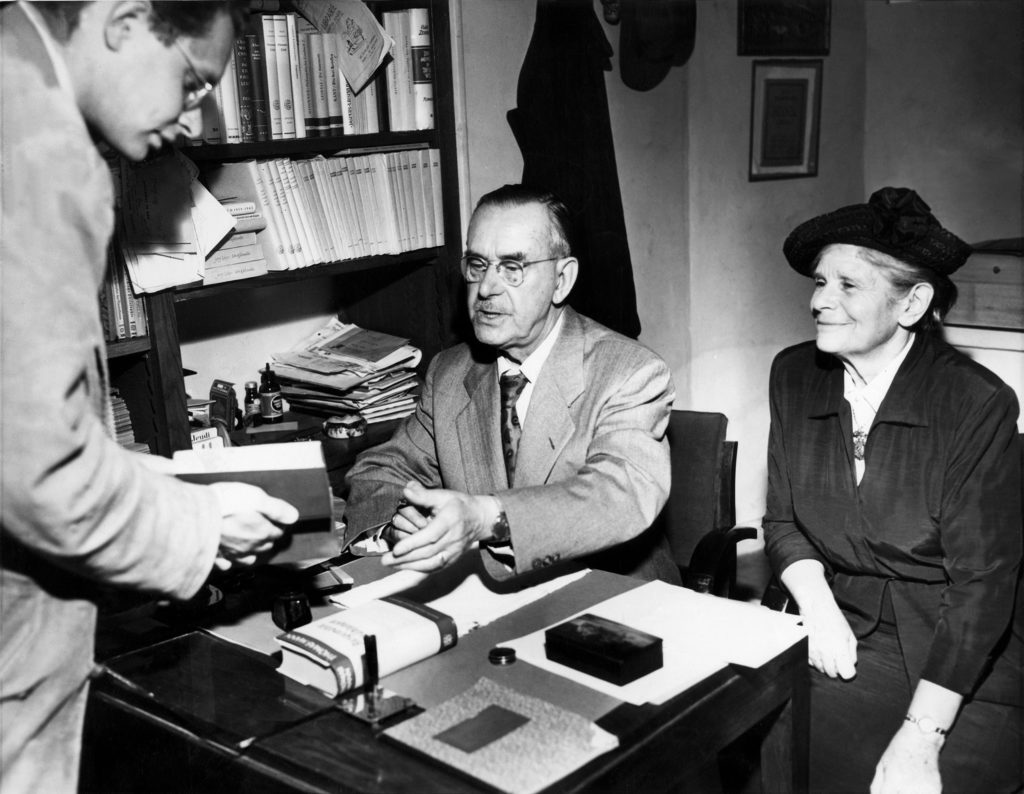Art World
Germany Saves Thomas Mann’s $13.25 Million LA Villa From Demolition
The Modernist home will be used for a new residency program.

The Modernist home will be used for a new residency program.

Alyssa Buffenstein

Germany has bought the California villa that once belonged to Thomas Mann, preventing demolition of the home where the Nobel Prize-winning author lived from 1942 to 1952 and wrote two novels, the Los Angeles Times reports.
The home sat on the market for months before the German government snatched it up for $13.25 million. According to Deutsche Welle, the government plans to launch a new residency program for young writers there.
An online petition signed by 3,162 people called on Germany to save the home, located in Pacific Palisades, Los Angeles, from being bulldozed. Officials say the villa will be used for residencies, handled in cooperation with Villa Aurora, the former home of another German writer, Lion Feuchtwanger. Villa Aurora awards 12 fellowships each year to filmmakers, writers, musicians, visual artists, and performers, fostering German-American cultural exchange since 1994.
The Thomas Mann Villa was built by architect JR Davidson, a German expatriate who became a notable figure in Modernist architecture in LA in the 1930s and 40s. The home, built in 1941, is complete with five bedrooms, six bathrooms, a fireplace, and private pool. It will undergo renovations before being used for residencies.
Mann left Germany in the 1940s to escape the rise of National Socialism. He lived in Switzerland for a time before making his way to America, where, in LA, he connected with other German writers and artists in exile. The rise of McCarthyism in America, however, eventually prompted his move back to Europe in 1952. He died in Switzerland in 1955.